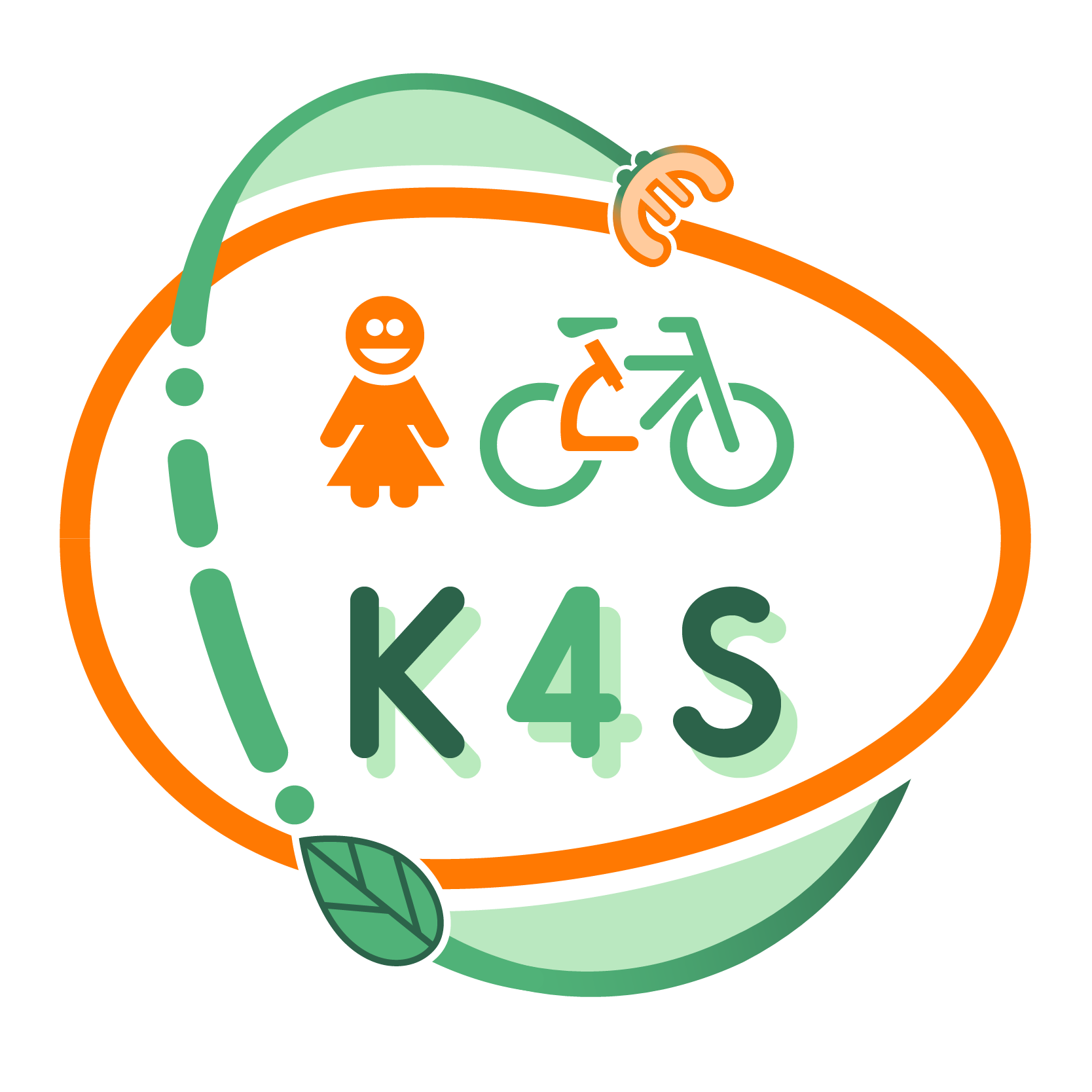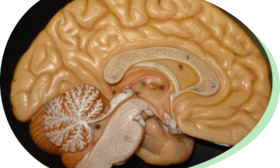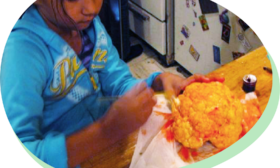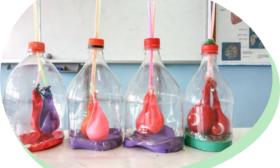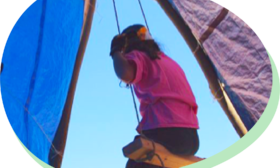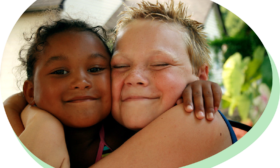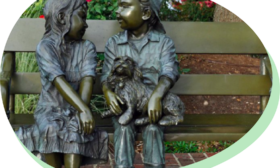LEARNING PATHWAY BASED ON SCIENTIFIC CONCEPTS
Building Sustainable Relationships
Overall aims:
- Explore emotions from a biological perspective;
- Explore self regulation;
- Approach self regulation as scientists;
- Approach self regulation as entrepreneurs;
- Explore conflict resolution;
- Approach conflict resolution as entrepreneurs;
- Explore supporting systems in a community;
- Approach supporting systems as entrepreneurs.
Intended learning outcomes:
The child will be able to:
- Explain the relationship between the amygdala and the pre frontal cortex;
- Explain what self regulation is;
- Suggest approaches to self regulation;
- Explain what conflict is;
- Explain the conflict resolution steps;
- Explain what inclusion is;
- Explain methods to support inclusion;
- Identify opportunities to create positive transformation;
- Identify opportunities to repurpose materials.
Evaluation:
To rigorously evaluate the Learning Path, the teacher and children need to document the entire process, from the very first discussion. Encourage the children to be documentarians. Ask a child to interview others on the effectiveness of the Learning units. Using video or audio and visual stills is ideal. The teacher can then lead the children in the editing process, whether it is a hard copy Learning Story/Scrapbook or an edited video. The editing process will help the teacher and the children revisit and examine the data more closely in order to be able to make informed decisions on moving forward with the learning path.
While looking at the data gathered by the teacher and the children, the teacher will work with the children’s natural tendency to question and encourage them to fine tune their questioning methods towards Socratic Questioning so that the discussion is thoughtful and focused and retains interest.
While the Learning Path focuses on Sustainable Relationships which focuses on the social pillar of sustainability, the Path is designed to incorporate the ecological and economic pillars as well, in its use of materials. While this learning is incidental, at the time of evaluation, the teacher highlights this learning to the children and asks, “What else can we do? What else can we do to design out waste and keep materials in use?” This aims to support entrepreneurial thinking.
While examining the data, the teacher cross references the documented learning with sustainability skills as well as STEAM skills. In this Learning Path, there were opportunities for model making, engineering and entrepreneurship. What worked? What didn’t? What unexpected opportunities arose and what was overlooked?
Pathway structure:
The path is composed of 6 activities in total. The learning path begins around the Autumnal equinox until the winter solstice but are extended, altered and reflected upon until the summer solstice.
Stage I – Don’t Flip Your Lid
The first activity helps children understand the biology of emotions so that they may become more self aware and accountable in their relationships and interactions. This first learning activity is the first step on the path to building sustainable relationships not only with other people but with materials and the natural world.
- Don’t Flip Your Lid – Using the hand as a model of the human brain to explore the neuroscience of emotions
Stage II – Cauliflower Brain
The second activity extends knowledge from the first unit by exploring the brain in more detail to lay the foundations for building sustainable relationships. Additionally, it looks at using models, repurposing materials and designing out waste.
- Cauliflower Brain – Build a model of the human brain out of repurposed materials
Stage III – What do Deep Breaths look like?
The third activity seeks to answer the question posed by the first two learning units: “If I feel overwhelmed by my emotions so that I become lost and can’t control my behaviour, what do I do? How can I find my calm and keep playing? How can I remain a good friend even when I get very angry and scared?”This learning unit therefore extends the learning and helps children explore possibilities for positive transformation to build sustainable relationships. Exploring the relationships between two systems, the brain and the respiratory system is an ideal opportunity to support the sustainability skill, Systems Thinking. Equally, this learning unit extends learning by providing opportunities to use models, repurpose materials and design out waste.
- What do Deep Breaths look like? – Create a Model of the human lungs out of repurposed materials
Stage IV – Build Peace Path
Now that the first three learning units have paved the way for self awareness and self regulation, the teacher can now introduce conflict resolution as a way to build sustainable relationships. Building a peace path together as a community to support sustainable relationships in the learning community is arguably the centerpiece of this learning path and while all of the units strengthen the learning path’s internal structure, the Peace Path and the successful use thereof is a primary goal.
- Build Peace Path – Plan, design and build a Peace Path for conflict resolution in the garden with repurposed materials
Stage V – The Quiet Place
Now that the teacher and children have explored the biology of emotions, self regulation and conflict resolution to build sustainable relationships, they bring their attention to inclusion and deepen their understanding of self regulation with The Quiet Place. While some learners benefit from the fast pace and the excitement of a busy indoor or outdoor classroom, others find it taxing. Addressing different ways of thinking and being can help children understand the idea of inclusion. A place in the classroom that is a peaceful sanctuary from noise, even interaction may seem like a boring and unappealing idea to some children but a much needed refuge for others. This learning unit helps children be empathetic and see other points of view which can lead to sustainable relationships. As with previous units, repurposing materials and designing out waste are integrated into the unit which addresses the economic and ecological pillars of sustainability.
- The Quiet Place – Planning a space for a meditation hut, designing and building a meditation hut, children monitor and record outcomes
Stage VI – Buddy Bench
The 6th and final unit of the Building Sustainable Relationships learning Path is the design and construction of a buddy bench. Starting out the learning path with helping the children to understand their own emotions, what they look like in the brain, how they process them was the first step on this Learning Path :Building Sustainable Relationships. The next step was describing and explaining tried and tested ways to regulate strong emotions in order to maintain pro-social behaviour. Once the children gained some understanding on emotions, behaviour and self regulation, the learning path moved on the Conflict Resolution that seeks to promote a healthy approach to conflict and maintain sustainable relationships in the learning community. The next step was an action for inclusion by dedicating a space for people who require quiet and calm to self regulate. The following and final learning unit in this learning path seeks to support sustainable relationships by addressing loneliness, empathy and inclusion. The Buddy Bench acts as a support system not only for children who require help to communicate their needs but for children who may struggle with empathy, tolerance, acceptance and generosity.
- Buddy Bench – Plan, design and build a buddy bench out of repurposed materials and implement with the aim to support sustainable friendships in the classroom
